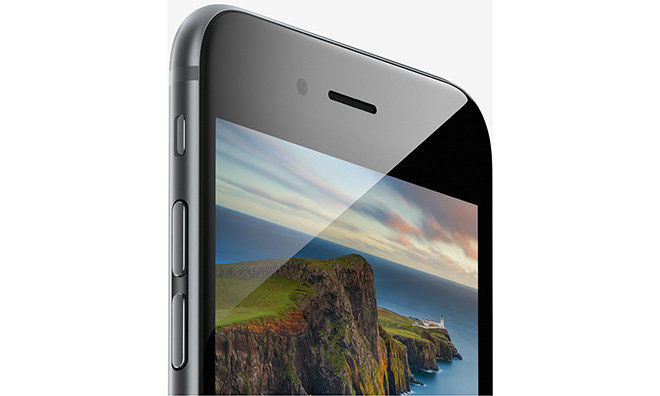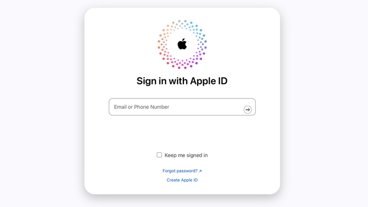Apple's A8 SoC reportedly capable of 4K video output, may pave way for ultra high-resolution Apple TV
According to a report on Friday, Apple's latest iPhone 6 and iPhone 6 Plus models are able to play back 4K video thanks to the powerful A8 system-on-chip, suggesting a future Apple TV model equipped with the same silicon would offer support for ultra high definition programming.
During testing of its media file conversion app WALTR, developer Softorino discovered Apple's A8 processor can play back 4K videos on the iPhone 6 and 6 Plus, reports TUAW.
At this point, the "hidden" capability can be viewed as more of a technical accomplishment than a useful feature, as Apple's iPhone 6 models don't have the pixel density to benefit from all that additional data. Branded as "Retina HD displays," the panel 4.7-inch iPhone 6 panel boasts a resolution of 1,334-by-750 pixels, while the 5.5-inch iPhone 6 Plus packs in 1,920-by-1,080 pixels good for full HD viewing.
Since 4K provides 3,840-by-2,160 pixels of visual data, a lot of detail would be lost reproducing video on Apple's current hardware. Still, the ability to play back 4K on iPhone is a nice feature to have as media slowly moves to ultra high resolution content.
Perhaps more interesting are future A8 applications, specifically Apple TV. The company's set-top box is overdue for revision and currently squeezes out 1080p video using Apple's generations-old A5 SoC. With an A8 brain, along with proper signal processing and possibly onboard storage, it is feasible that Apple's next-gen device could be a 4K content server.
Apple already operates its own content delivery network, activated in July and subsequently used to roll out iOS 8 in September, while a new 4K option from Netflix 4K proved existing infrastructure can cope with high bandwidth overhead.
The question, then, becomes one of content, as 4K is still in its infancy and nowhere near being ubiquitous. Apple TV could change that. Currently, no physical format exists to carry 4K to consumers, prompting content providers like Sony — which also ships 4K UHDTVs — to whip up their own bespoke server solutions. If iTunes were to push 4K video at moderate prices, the format could potentially see wide adoption, which would lead to commoditization and more available content. These are, admittedly, a lot of "ifs."
As seen by the most recent iMac with 5K Retina display, however, Apple is diving headfirst into high resolution content creation and consumption. The living room may be the next logical step in Apple's product progression. Rumors of a next-generation Apple TV ran rampant earlier this year, but things died down after a report in July poured cold water on the prospect of new hardware, saying stubborn cable companies unwilling to budge on content licensing are to blame for delaying launch.
Most recently, Apple TV received a new firmware build that enables remote access for apps and hardware taking advantage of the iOS 8 HomeKit framework.
 Mikey Campbell
Mikey Campbell











 Mike Wuerthele
Mike Wuerthele

 Malcolm Owen
Malcolm Owen
 Chip Loder
Chip Loder

 William Gallagher
William Gallagher
 Christine McKee
Christine McKee
 Michael Stroup
Michael Stroup






